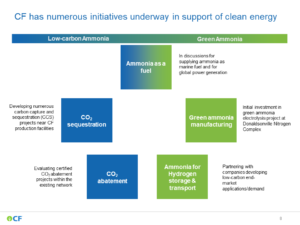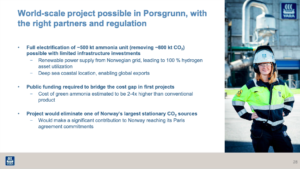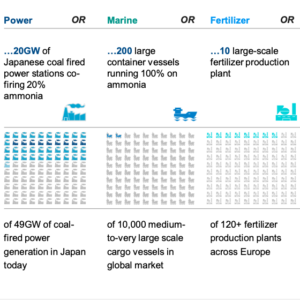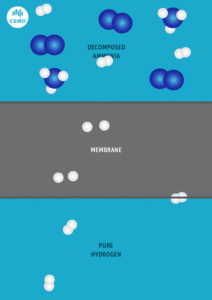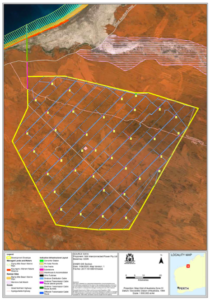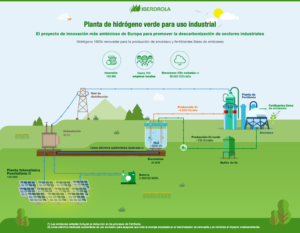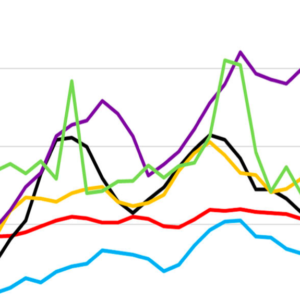The Ammonia Transition: panel wrap-up from the Ammonia Energy Conference
What key challenges lie ahead as ammonia producers embark on the transition to low and zero-carbon ammonia? What are the big producers already doing to smooth and later accelerate this transition? On November 19, 2020, the Ammonia Energy Association (AEA) hosted a panel discussion moderated by Steve Crolius from Carbon Neutral Consulting, as well as panel members Sammy van den Broeck from Yara, Ashraf Malik from CF Industries, and Trevor Williams from Nutrien as part of the recent Ammonia Energy Conference.
